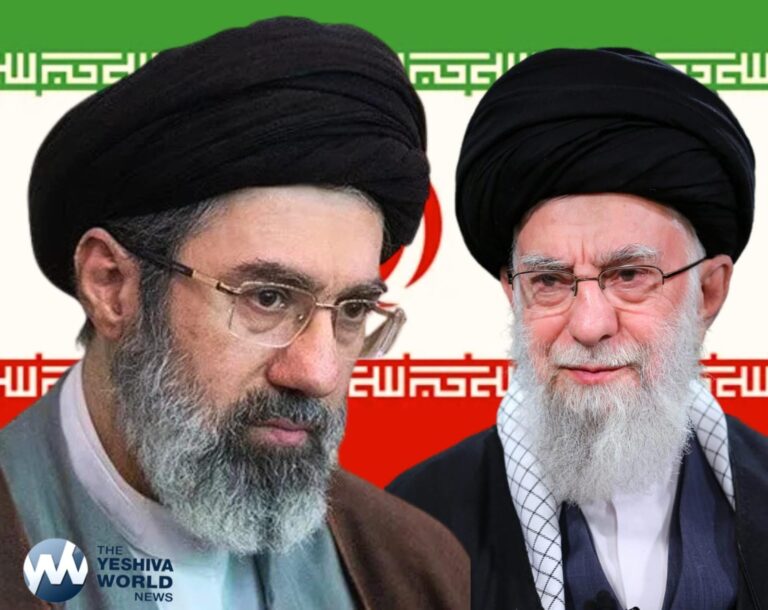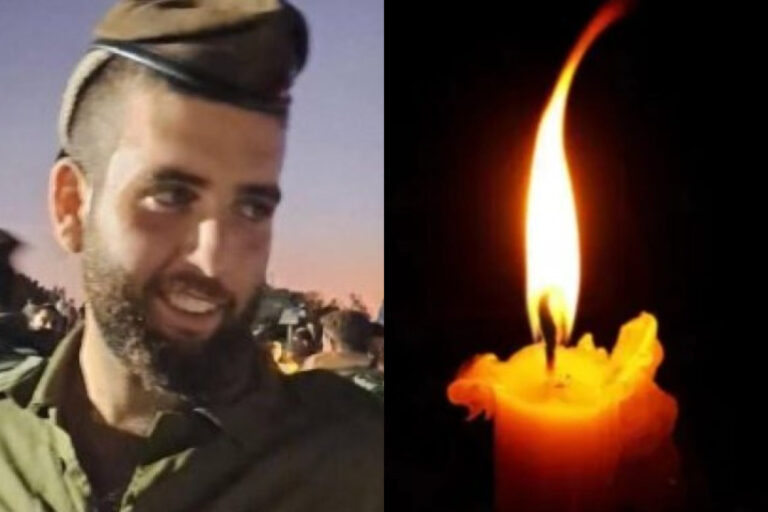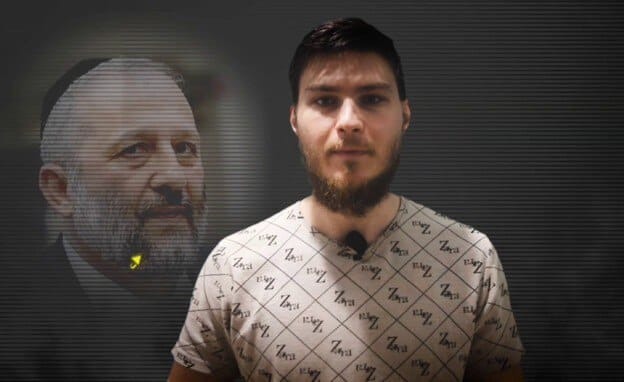 [COMMUNICATED CONTENT]
[COMMUNICATED CONTENT]
Take an ecxlusive tour of the world’s most famous hat brand which uses techniques invented by Mr. Giuseppe Borsalino 160 years ago.
By Micah Soffer
The array of customers visiting the new Borsalino Brand Store on Avenue J in Brooklyn, NY, fit in perfectly with the eclectic selection of fedoras the famous hat company has been meticulously manufacturing in Italy since 1857.
On any given day in the store, you might find an exuberant 13-year-old ready to practice maturity, a father sent to purchase new attire for his daughter’s wedding, or a stylish fellow seeking an updated look for his next visit to Shul.
The name Borsalino, the most recognized hat brand in the world, has always conjured images of the classy, dignified man in the most elegant attire. Whether an elderly rabbi or a world statesman, the felt head covering has completed – if not created – a man’s honorable look.
As the holiday of Pesach nears, customers frequent the Flatbush-based upscale boutique. They try on a few options, rush to the mirror, and then painstakingly choose one from the “finalists.” Most are unaware that as hard as their decision-making might be, the creation of the hat is tenfold more complex.
Let’s take an exclusive tour into the renowned hat-making process, most of which remains discreet and hidden from the public eye in the small Italian town of Alessandria, on a plain between the Tanaro and Bormida rivers.
VIDEO: Inside Borsalino
Filmed by Gianluca Miotto, Edited by Daniel Finkelman
“The Orthodox Jewish community is important for us,” the youthful Edouard Burrus, Borsalino’s recently appointed Vice Chairman, told us. He is part of the Geneva-based Quest Partners led by Italian financier Philippe Camperio that bought the company after it faced financial troubles.
Burrus and his partners have taken the reins of the iconic hat company which have become renowned as the makers of coveted accessories for fashionable men and women, sold in elegant boutiques and prestigious department stores across the world, as well as Borsalino’s single-brand sales points in Italy, Paris and Tokyo.
To better understand the hat industry join us on our virtual visit with the manufacturers of Borsalino. The Jewish market represents approximately 10% of their turnover per year, and “we plan on expanding it,” Burrus tells us.
For the Orthodox Jewish community, which dons fedoras on a daily basis, the Borsalino brand has attained even higher status, having established itself as the preferred choice for consumers.
More than simply a fashion statement, head coverings in the Jewish world proclaim an identity and a sense of belonging, often revealing the origin and connection to a movement or stream founded in Russia, Poland or Lithuania. Today, frum Sephardic Jews wear hats as well.
Located an hour from Milan, workers in the factory deal with the province’s humid subtropical climate which can get hot and wet during the summer and very cold in the winter. Touring the large and busy plant, most notable is the amount of employees working with the materials, shaping the felt and doing many quality checks.
In a way, not much has changed in the production process that began 160 years ago. Credited with inventing its creation is Giuseppe Borsalino. He was an errand boy and an apprentice before earning his nickname “u siur Pipen” (Master Joe) and becoming the namesake of the most famous hat brand today.
He developed his love and knowledge of hats at the Berteil hat factory in Rue du Temple, Paris, where he worked for 7 years before becoming a qualified Master Hatter. Upon returning to his hometown of Alessandria, Mr. Borsalino opened a workshop together with his brother, Lazzaro.
With demand growing and the work depending on their physical labor, Mr. Borsalino decided to join the Industrial Revolution and imported machines from Denton, Stockport, in the suburbs of Manchester, which had revolutionized the hat-making industry.
According to legend, Mr. Borsalino paid a visit in 1897 to Battersby hat-making factory in London. Without being seen, he dipped his handkerchief in a vat of “tar,” and took back to Italy the English secret for making perfect bowler hats.
Mr. Borsalino’s drive for quality and detailed craftsmanship remains alive in the factory which still operates some of the machines that he invented or perfected. “These machines are part of our company’s secret formula, and are what makes the hats so special and unique,” one employee explained.
The machines were all custom designed and built by Mr. Borsalino and his factory staff to “solve different problems,” our guide explains. “That’s how Mr. Borsalino worked, if there was something he needed, he would invent a solution and then they would build it,” she explains.
Borsalino hats are made from the softest and highest quality rabbit fur, which is then heated, molded and shaped into the classic fedoras in many different colors and styles. They are shuttled around the factory on specially designed wooden carts, which they explain is to protect the hat from damage while they are being fashioned, from being shaped, to having ribbons carefully cut and sewn on, to the genuine 18K gold Borsalino stamp which is embellished by hand on every single hat.
“The time needed to produce a hat from the day we receive the raw rabbit hair until it is ready to leave the factory takes 7 weeks and goes through 52 steps of production,” Burrus explains. “By the time the customer receives the hat, it has been worked on by 65 different people.”
Burrus says with the new leadership, the company is looking towards future expansion and growth. “As of today our main focus is to consolidate and to capitalize on the brand and build brand awareness,” he says. “Our team puts a lot of effort into producing the best quality hats which we are very proud to sell throughout the world.”
One market in which the brand enjoys consistently solid sales is the Orthodox Jewish community. Borsalino spends the first 2 months of every year, January and February, producing the specialized hats made for the Jewish consumers in Israel, North America and Europe.
Burrus says the Borsalino company is proud of their popularity among Orthodox Jewish consumers. “The loyalty of the community is incredible,” he says, noting the new specialized brand stores they opened in Jerusalem, Bnei Brak and Brooklyn, NY. “We have plans to open several more, including in Lakewood, NJ by this summer, and other locations in the next few years,” he says.
The benefits of the brand stores are threefold, explains Borsalino sales manager Claudio Mennuni. “We can offer a large variety of Borsalino products in the same store, giving the customers the experience of choosing from a variety of qualities, price points, and different details that make Borsalino the best hat in the world.”










